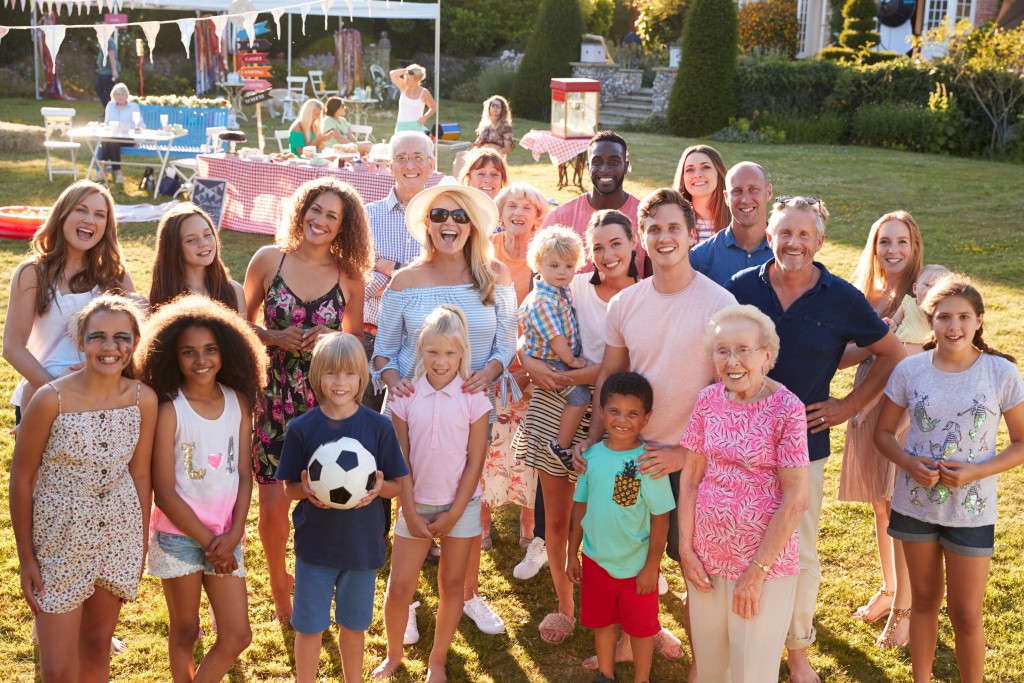As we mature, we tend to grasp how politics works, and we tend to align our political identity based on what we perceive is “right.” However, there’s bound to be changed in a community’s social and psychological climate in every generation. Most Millennials would think it is right or deem a certain aspect in their life as a priority while there are older generations that had other concerns. For instance, Millennials are more focused on what their passion is since they’re mostly young adults. On the other hand, Gen Xers are more concerned with raising their family, prioritizing their careers and home life.
But not everyone will agree with us from a political standpoint. Most people will have their political ideology, even if they’re in the same generation. So what are some differences between each generation in terms of political alignment? Likewise, what percentage of each generation will lean towards a particular ideology? Here’s what you should know.
The Difference in Social Aspects
Before we can discern the difference between each generation’s political attitudes, we must first delve into the different social trends. Usually, social movements will determine most political climates for countries and certain ages.
Based on studies, three factors have been affecting most of the social and political trends in the country:
- There’s a shift in the social climate, knowing that there are more growing ethnicities within the country. This means that there is a rising percentage of non-white individuals among the younger generations. Polls and studies have shown that non-white demographics are more inclined to support the Democratic Party in the last few decades.
In the Millennial Generation, 53% (as of 2014) are inclined to vote for the Democratic party.
- Secondly, another factor influencing much of the previous generations’ political alignment depends on what is considered popular as they come of age. Most notably, when an individual turns an adult when a particular political party is currently leading in polls, this will influence their preferences in voting.
- Third and lastly, social changes will be based on the life cycle for each generation. Naturally, older individuals will still uphold the values presented to them when they are still growing up. For instance, it’s harder for most elderly individuals to non-heteronormative relationships and sometimes interracial dating. This is especially true among the boomer generation.
While most people don’t notice it, culture also plays a large role in each type of generation. For instance, most Asian countries will embrace tradition, making the majority of these countries politically conservative.
But even if Western countries and Far-eastern countries will have differences in culture, there is still a lot of respect and reverence towards the elderly. The majority of the United State’s population will often place elderly individuals in elderly homes. Sometimes, seniors might feel alone or neglected if they don’t get the care they deserve. It’s important to let them stay in senior living facilities that are more than willing to provide the necessary amount of care and freedom to them.
How Do We Differ in Political Alignment?

The majority of each generation’s political stance is usually determined by what they usually experience as they reach adulthood. Usually, 18 is the best age for individuals to form their political alignment based on who they know.
Studies had shown that younger voters who just turned 18 when Bush and Obama were voted into the presidency, who are usually the younger end of Generation X and the older end of the Millennial spectrum, are more inclined to vote for the Democratic party. In contrast, those that turned 18 while Reagan, Ford, and Bush Sr. were leaning towards the republican party.
It’s important to note that around 46% of boomers claim that they are conservative, while approximately 16% would say they are more progressive. But during the millennia turn, the number of conservatives has increased by around 6% while the number for liberals hasn’t changed.
Compared to older generations, millennials are the only generation that would exceed being liberal than conservative. However, in the last few years, numbers have fluctuated.
The bottom line? Most individuals who turn 18 at a particular political party’s height will lean towards that party. However, it’s still important to note that more factors need to be weighed in on. It doesn’t necessarily mean that when a person becomes an adult at a certain age, they will instantaneously vote for a certain party.
The socio-political climate of the United States has been shifting over the last few decades. As of the moment, it’s hard to determine who’s going to come out on top of the political situation, especially when there’s fierce competition in the campaign process.




